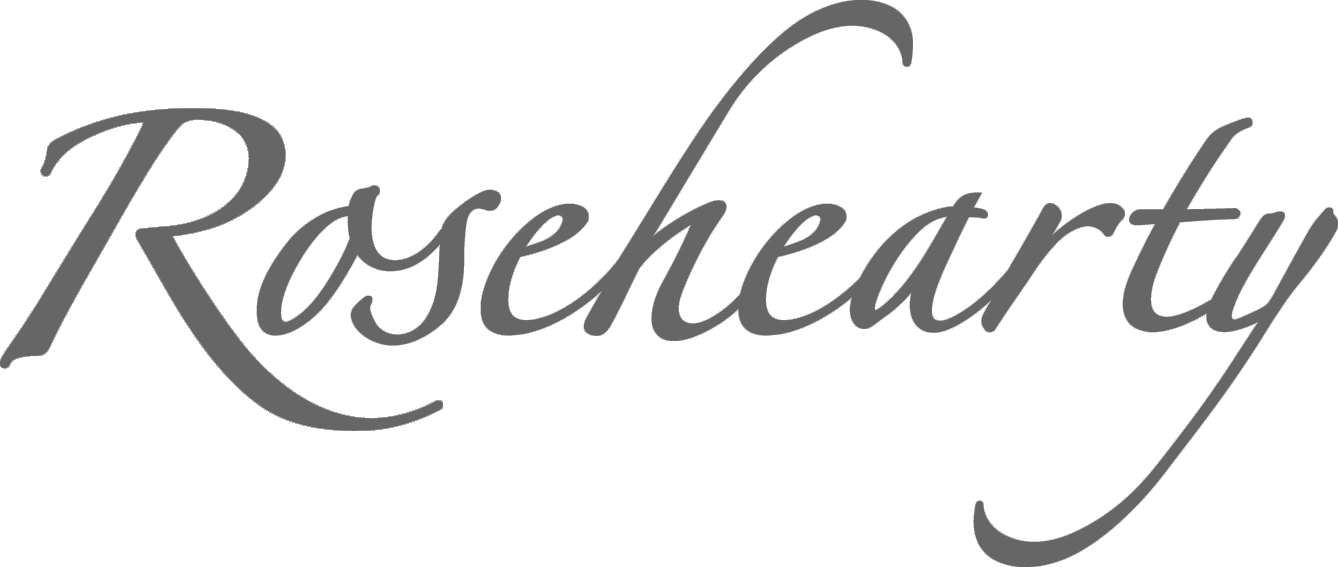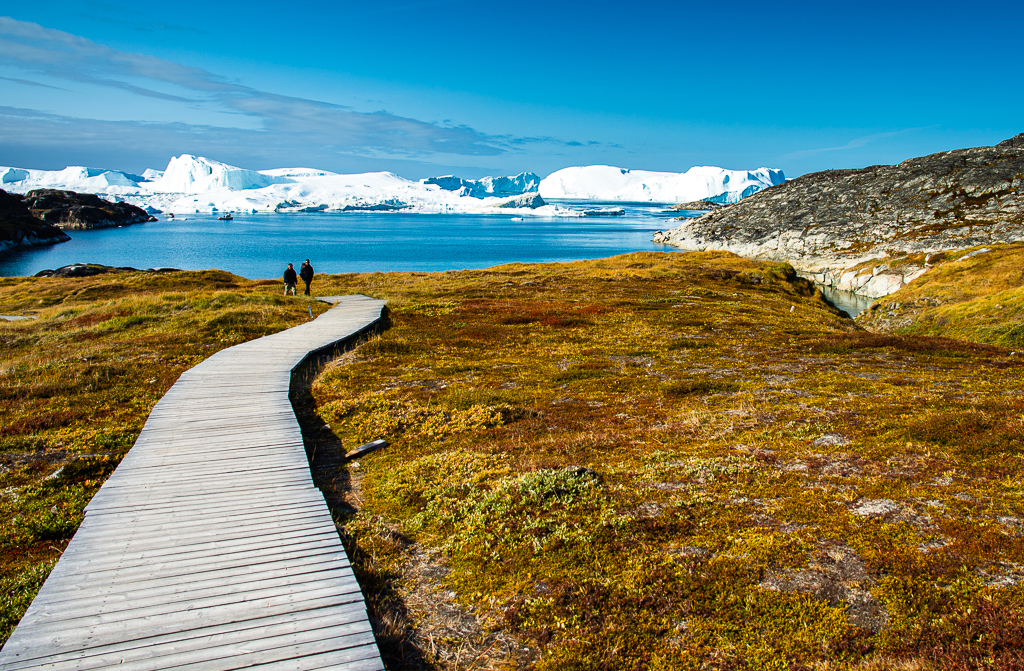"And ice, mast-high, came floating by, as green as emerald." -- Coleridge
/We have not been on the dock since late July and so it was with a bit of excitement that we rose early, after just a few hours sleep, to prepare lines, inflate fenders, and ready Rosehearty to go along side in the small commercial port of Ilulissat. Heavy fatigue blanketed the crew but at anchor on this peaceful morning, with these surroundings, the fatigue softened the edges and did not detract from the focus of the preparations underway. There was satisfaction in the long hours, hard work, and achievements of the voyage so far. Strong coffee was served, one popular blend nicknamed the Nescafe Mochaccino turbo, which consists of 3 heaping teaspoons of Nescafe instant coffee, one teaspoon of hot chocolate mix, warm milk and an espresso floater.
The town of Ilulissat lay perched on the the rocky hills that surrounded the anchorage the blues, reds, greens, and browns contrasting with granite and ice. Small local fishing boats sped out of the harbour towards the open sea, their drivers weaving around bergy bits as if they were in racing cars, negotiating a slalom course. The wake from their boats angled outward, striking the hollowed out waterlines of the nearby ice bergs, sending out a sloshy reverberating slap of cold water against hard ice.
Rosehearty's presence at the commercial dock drew crowds. Behind us an rusty tramp steamer was being loaded with gravel. A bull dozer scooped up the material and unceremoniously deposited it into the gaping hold of the ship. Fishing boats of every size, shape and color lined the wharves. Line handlers, fork lift operators, stevedores, agents, and local families walked the dock to look at Rosehearty, the enormous white ship berthed in their town. Everyone waved.
To understand the Sermeq Kujalleq ice flow you have to see it from several different angles. It is not simply the enormous, fast moving glacier or the vast quantity of island-sized ice bergs that it calves off. To comprehend its size and volume, you have to connect the bergs to the glacier and the glacier to the actual Greenland ice sheet from which it emerges. The Greenland ice sheet covers 80% of the island and contains an estimated 2.7 million cubic kilometres of ice, the equivalent about 7% of all the fresh water on earth. And so on board Rosehearty, Captain Hutch and Ken, the expedition leader, had discussed three missions to provide perspective: first, there would be an overland hike to the glacier; second, tenders would carry all our guests to the leading edge of the flow, where the river of ice meets the water; and third, a local helicopter company would fly everyone over the flow, to see its connection to the actual Greenland ice sheet and get a sense of how the three components are stitched together to make up the whole.
Four taxis carried the team from the port to the beginning of the marked trail. I travelled with Hans. He had a broad face, narrow eyes and an infectious, disarming smile. Hans spoke English, Greenlandic and Danish. As we drove through town he pointed out the supermarket, a new brasserie that featured 6 different craft beers, and the local whale monger, where several varieties of fresh whale and seal could be purchased. The town was compact, very clean, busy with locals and tourists. Dozens of huskies were chained to rocks or housed in cages near the outskirts of town. Many puppies and juveniles, not chained, frolicked near the adult dogs. "They are on vacation right now," Hans explained. "When the snow and ice come, their work begins." Sledges lay stacked near the kennels. Greenland dogs, Samoyeds and Siberian Huskies seemed to make up the bulk of the breeds we saw. I read that all these breeds have closely spaced toes with webbed feet for gripping in snow. A unique arrangement of blood vessels in their legs protect them against frostbite. Dogs have been used for thousands of years in the Arctic, some breeds carefully designed for hauling and others (crossed with wolves) for hunting. The road ended at a sprawling construction site, where, Hans explained, a new visitor's center was being built. The frames of this new structure stood out against a blue sky. This was going to be a modern building, angular with huge plate glass windows. The Sermeq Kujalleq ice flow is a UNESCO world heritage site and welcomes many visitors from all over the world.
A simple boardwalk spans the distance between the road and the glacial viewing areas. Built about a foot above the ground, the boardwalk follows the contour of the land. It is wide enough for you and one companion, to walk side by side. This encourages quiet conversation but also uninhibited silence. Black rocks flecked with green lichen stand in bold contrast to tiny clumps of tundra flowers, furry mosses, wild blueberries. We were back to that "carpet of color" that Ken had described during our visit to the Inuksuk at Low Point. The boardwalk bends downhill, gradually snaking away towards the sea. An impressive, layered canvas unfolds -- the colourful flora of the tundra, the dark rocks, the sea, the ice. Gasps and exclamations compete against the staccato of camera shutters, breaking an otherwise silent landscape.
Describing the Sermeq Kujalleq glacier is difficult, but photographing it is even harder. You snap the picture, then look at the image on the small LCD screen. "No that's not it," you think to yourself and then try another shot, perhaps with less zoom or a different lens. How do you capture a river ice that seems still and frozen on the one hand but is actually moving -- rapidly by glacial standards -- on the other? Cracks and groans can be heard; weird shapes emerge -- jagged teeth, smooth hillocks, ice boulders packed with dirt and debris. We sit on benches overlooking the scene. We drink tea -- steaming mugs of Rooibos Chai tea. Smoky tendrils, laced with clove, warm our faces. We put our cameras down and just look, letting the mind's eye, rather than the camera, sear the image in to our memory.
In the afternoon we gear up, load in to the tenders, and head to sea. It is a special place, where an ice floe of this size, meets the ocean. Island sized bergs stand motionless, their true mass below the surface. We glide among the bays created by the ice, wide deep channels, lined ice-blue cliffs. Glaucous gulls and Northern Fulmars swoop and dive. A pair of whales surface, expelling huge breaths, then arching back into the sea. We shut off the engines and drift. If you are lucky enough to be in the Arctic on a still summer's day, the sounds as much as the sights will accost you. The groan of a glacier, the crack of a piece of an ice berg, splitting and falling in to the sea, the lap of a wavelet rebounding off the hollowed out edge and an ice strip, the drips of water streaming off the sunward facing edges of the ice, the whoosh of whales. "Everything seems louder," comments Simon. "I think it is because the air is so dense, even the smallest noises are amplified."
The cold begins to penetrate our layers. We pull our hats lower, and our neck warmers higher. Ethan, driving Wolfie, indicates that they are headed back to port. Mark, in command of the Nouvarania, nods thankfully. Even in a full Mustang suit, with balaclava, mittens and boots, he is starting to feel the cold. Up on to a plane jump the boats, parting an icy wind on their way back to Rosehearty.
—Jonathan
Ilulissat colors with Roeshearty’s masts
Photo by Ken Burton
Photo by Hugo
Photo by Ken Burton
Photo by Hugo
Photo by Ken Burton
Photo by Hugo
Photo by Ken Burton
Photo by Hugo
Photo by Ethan















